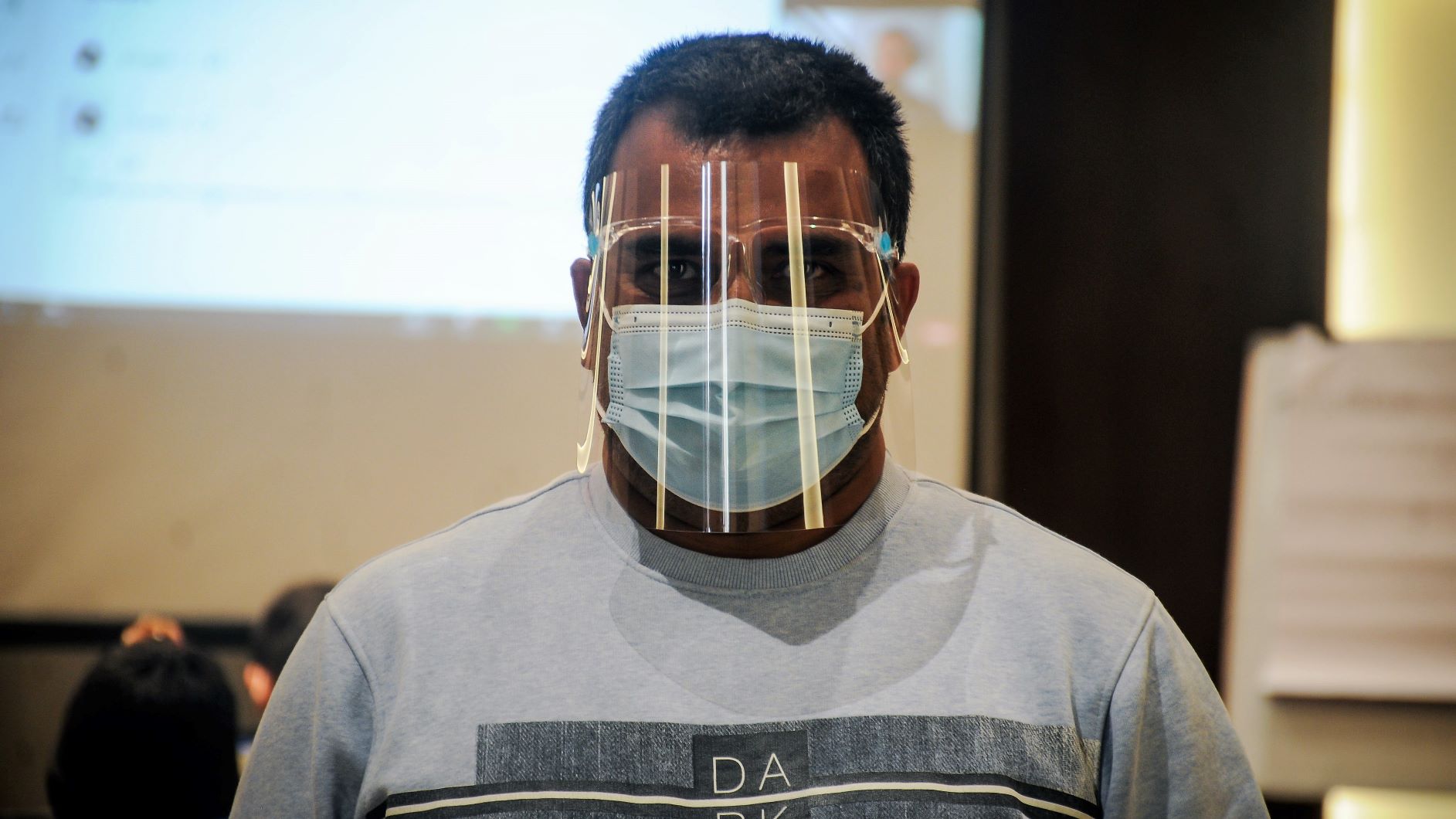The King started using media as a mean of propaganda. State-owned National News Agency distributed a news item in its March 14 bulletin that no newspaper wished to miss. It was about the rift in insurgents’ group saying that top leader had been expelled. All newspaper carried the news with a tag, ‘Says Royal Nepalese Army’. On March 15, the group denied the report but no newspaper could publish it because the authority has directed them ‘Not to publish any news about the group unless given by the Army’.
It is an example of using private media for propaganda and though international media covered the news with denial from the group, most of the Nepalese still believe that the news was true.
To increase the pressure on media and to threaten them, the authority summoned editor of the largest daily, Kantipur, on March 17. Narayan Wagle, the middle-age editor who started his career as the reporter in the same paper, went to Police Station – who have no legal right to question media, on the call and talked with superintendent of police for about an hour on the news about ‘anti-monarch protests.’ With due credit of United We Blog!, a blogsite run by journalists in Nepal, I quote Wagle as saying: “A group of politicians from five top political parties of the country assembled in Bangkok, though I know it though news sites, and decided that they should go for Constituent Assembly which will decide the future of monarchy in Nepal. It is in fact what the insurgents were demanding when they last sat on the table for talk, but the politicians of that time denied to talk on it saying ‘there can be no talk on democracy and constitutional monarchy.’ It is yet to see how the top politicians, most of them are under house arrest, will react, but it was an encouraging decision at the time when there is widespread feeling that the leadership should go to hands of youngsters from those who failed.
Interestingly, two most popular weekly newsmagazines, Nepal and Himal, both carried a similar news story on their issues. It was about the failure of the old politicians and the need to go for new leadership.
Protests are continuing though a large number of those who have been arrested during last protest have been reportedly released. On March 18, at least two dozens students were arrested for protesting and rallying. Political parties and their sister organizations have announced more protest programs and the number of participants are growing with the private media giving fair coverage to it (thought Kantipur editor was summoned for this).
Federation of Nepalese Journalists (FNJ) had decided to demand for ‘Freedom of Expression’ more vibrantly and has asked all media to run a logo everyday that reads – ‘Complete Press Freedom for Peace and Democracy’ on black background. They also handed over memos to the authority throughout the nation demanding the same, protesting censorship and arrests of journalists. In some places, authority refused to accept the memos whereas in some places they were stopped by police.
In another encouraging note, USA and India have told they are coordinating for early restoration of multi-party democracy in Nepal. Visiting US secretary of State Condoleezza Rice and Indian Foreign Minister Natwar Singh said that after their meeting. “We are in complete agreement that it (return of Nepal’s democracy) must happen and it needs to happen very very soon,” Rice told the conference.
Personally, RFN thanks India and USA for their support to democracy and hopes it will stand by their words in future.
The King probably went wild hearing all this and tried to play cards of China against India. He expressed public support for controversial legislation enacted by Beijing to rein in Taiwan. In a statement Wednesday, the Nepalese foreign affairs ministry issued a statement extending “unequivocal support” to the legislation passed Monday. “In conformity with its long-held ‘One China’ policy, Nepal considers Taiwan as an integral part of China,” the statement said.
It won’t work, a common Nepali knows, but who would say that to the man who believe he is the cleverest in the world.
Special note on this entry:Radio Free Nepal was a blog that ran during ex-King Gyanendra’s direct rule of Nepal defying the tight censorship and was instrumental in getting out information out of Nepal. The blog was at freenepal.blogspot.com which has now been closed.
The banner reads: King Gyandendra of Nepal has issued a ban on independent news broadcasts and has threatened to punish newspapers for reports that run counter to the official monarchist line. Given that any person in Nepal publishing reports critical of “the spirit of the royal proclamation” is subject to punishment and/or imprisonment, contributors to this blog will publish their reports from Nepal anonymously.

